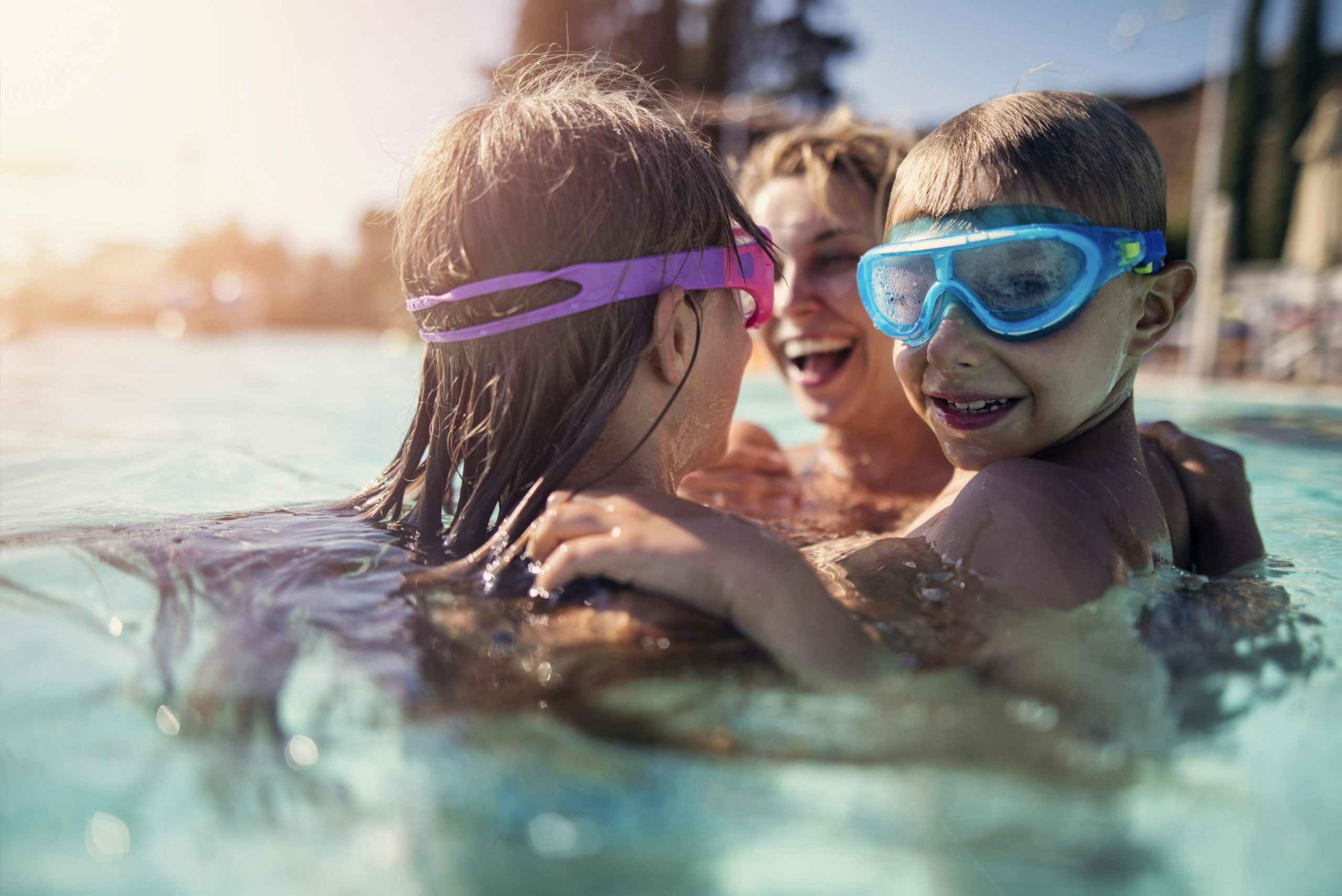More aquatic centres could help address swimming skills gap

Essential infrastructure for water safety
For many Victorians, swimming lessons are a childhood rite of passage – akin to learning to ride a bicycle.
Heading to the local pool offers both fun and the building of a foundational skill. If we’re lucky, there might even be an icy-pole at the end.
But do you know that one in 4 Australians consider themselves weak swimmers – or can’t swim at all? Additionally, it’s estimated that around 40% of children leave primary school not able to swim 50 metres or float for 2 minutes – a basic water safety benchmark.
Strengthening swimming skills
It’s a concerning trend as the nation faces an increase in drowning deaths on Australia’s coastlines, leading to warnings from Royal Life Saving Australia that some people may be diving in underprepared.
Tragically, two young men have already lost their lives at Victorian beaches this summer. The latest National Coastal Safety Report shows a concerning trend with last year having the highest number of drowning deaths on record. There were 141 drowning deaths in Australia during 2021–22, with 14 of these in Victoria. Men account for 83% of all drownings, with risk–taking behaviour, alcohol and drugs, and an over-estimation of swimming capability considered major risk factors.
It’s a strong reminder for all of us to swim at patrolled beaches, check how well you swim, and get in some practice or lessons.
Victoria’s aquatic and recreation centres are essential community infrastructure where people can learn to swim, socialise, keep fit and stay cool on hot summer days.
Better access to aquatic centres
Many Victorians love seasonal outdoor pools, but a growing number of communities are looking for facilities open longer hours, in all seasons, every day of the week.
New inclusive and multipurpose spaces are helping to improve physical and mental health and wellbeing and build strong social networks. Our research shows that each swimming pool visit generates $25 in health benefits, collectively totalling $1.82 billion each year in Victoria.
In some suburbs, increased working from home has led to reports of higher demand for community facilities. But before COVID, many existing aquatic centres in Melbourne’s growth suburbs were already under enormous pressure.
Our research report, Social infrastructure in Melbourne’s growth areas, finds Wyndham, for example, has one aquatic and recreation centre for every 149,000 residents, compared to the state average of one centre for every 65,000 persons.
In the city’s 7 fastest growing local government areas, population growth is rapidly outstripping the supply of vital social infrastructure in Melton, Cardinia, Casey, Hume, Mitchell, Whittlesea and Wyndham.
These growth areas have fewer aquatic and recreation centres (and libraries) compared with established suburbs and this will likely worsen over time as populations increase.
Already more than a third of Melbourne children aged 4 years live in these growth suburbs and, by 2036, that number is predicted to rise to 40%.
In the City of Wyndham, AquaPulse provides 7-day a week health, wellbeing and leisure services, catering for all ages and attracts up to one million visits per year.
The centre includes an Olympic-sized 50-metre pool for lap swimming, lessons and training, and a 25-metre warm water pool for exercise and hydrotherapy. There’s also a children’s play pool with water slides, a gym, a space for dance, yoga and other fitness, and a range of other amenities.
Public pools attract more than 70 million visitors in Victoria each year and in Melbourne’s growth suburbs, they’re in immediate need of new facilities. It’s why we’ve recommended the Victorian Government help fund local governments to plan and deliver aquatic centres in the state’s 7 growth areas.
Our research finds that Melton, Casey, Whittlesea and Wyndham each need a new aquatic and recreation centre in the next five years. Additionally, we’re urging state and local governments to start planning for potential new aquatic centres in Cardinia, Mitchell and Hume.
These spaces will provide communities in fast growing suburbs with access to essential services like learn to swim classes.
For more information on how to stay safe on the coast this summer, visit the Beachsafe website.
For more information read our research report